Cats are curious creatures with a penchant for exploring every nook and cranny of their environment. For cat owners, this can often mean finding your feline friend nestled amidst your cherished houseplants. While it might seem endearing at first, this behavior can be harmful to both your cat and your plants. If you’re tired of finding your leafy greens in disarray, there are several strategies you can employ to keep your kitty at bay. Here are eight effective ways to ensure your plants remain untouched by those curious paws.
Understanding Why Cats Are Drawn to Plants

If you’re a cat owner and a plant lover, you’ve likely faced the struggle of keeping your feline friend from digging, chewing, or knocking over your beloved greenery. Cats are naturally curious creatures, and to them, your plants might look like the perfect playground, snack, or litter box alternative. But don’t worry—there are ways to protect both your plants and your pet.
Before diving into solutions, it’s crucial to understand why cats are so drawn to plants in the first place. Cats often see plants as playthings, and the rustling leaves can be an irresistible invitation to pounce. Additionally, some cats chew on plants to aid digestion or simply out of boredom. This natural behavior can be likened to a child’s curiosity about a new toy. By understanding the root of this attraction, you can better tailor your approach to deter them. Remember, patience and understanding are key to addressing this behavior effectively.
Create a Dedicated Cat Zone
One of the most effective ways to divert your cat’s attention away from your beloved plants is by creating a dedicated space just for them. This could be a cozy corner with cat toys, a scratching post, and perhaps a patch of cat grass. Cat grass is particularly appealing as it satisfies their need to chew without harming your household greenery. Think of this space as a personal playground for your feline friend, where they can indulge their natural instincts without getting into trouble. By providing an alternative, you’re not only protecting your plants but also enriching your cat’s environment.
Use Natural Deterrents
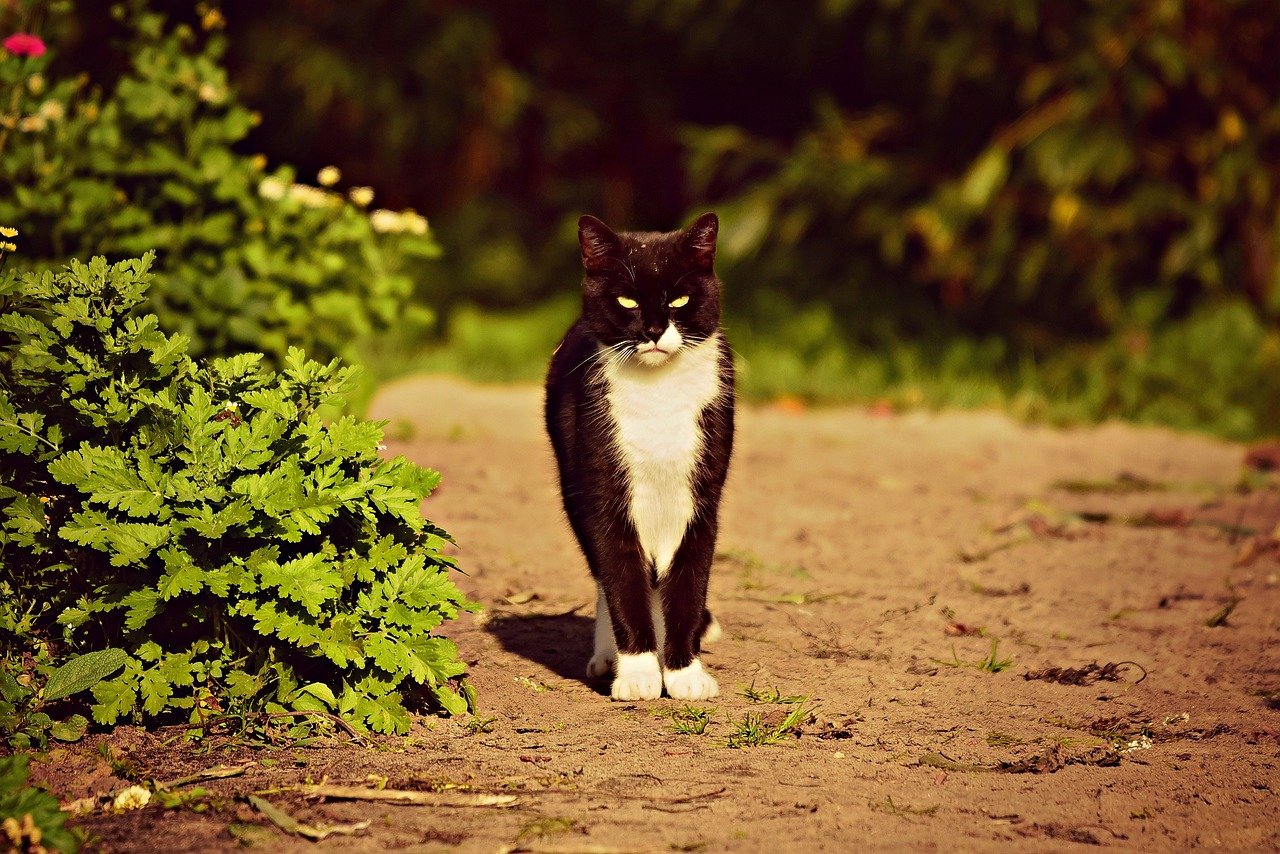
Natural deterrents can be a simple yet effective way to keep your cats away from your plants. Citrus scents, for instance, are often disliked by cats. Placing orange or lemon peels around the base of your plants can act as a natural barrier. Similarly, essential oils like lavender or eucalyptus can be used, but make sure they’re diluted and safe for use around pets. A word of caution: always ensure that any deterrent you use is non-toxic. It’s like setting up a gentle, invisible fence that keeps your cat at a safe distance.
Choose Cat-Resistant Plants
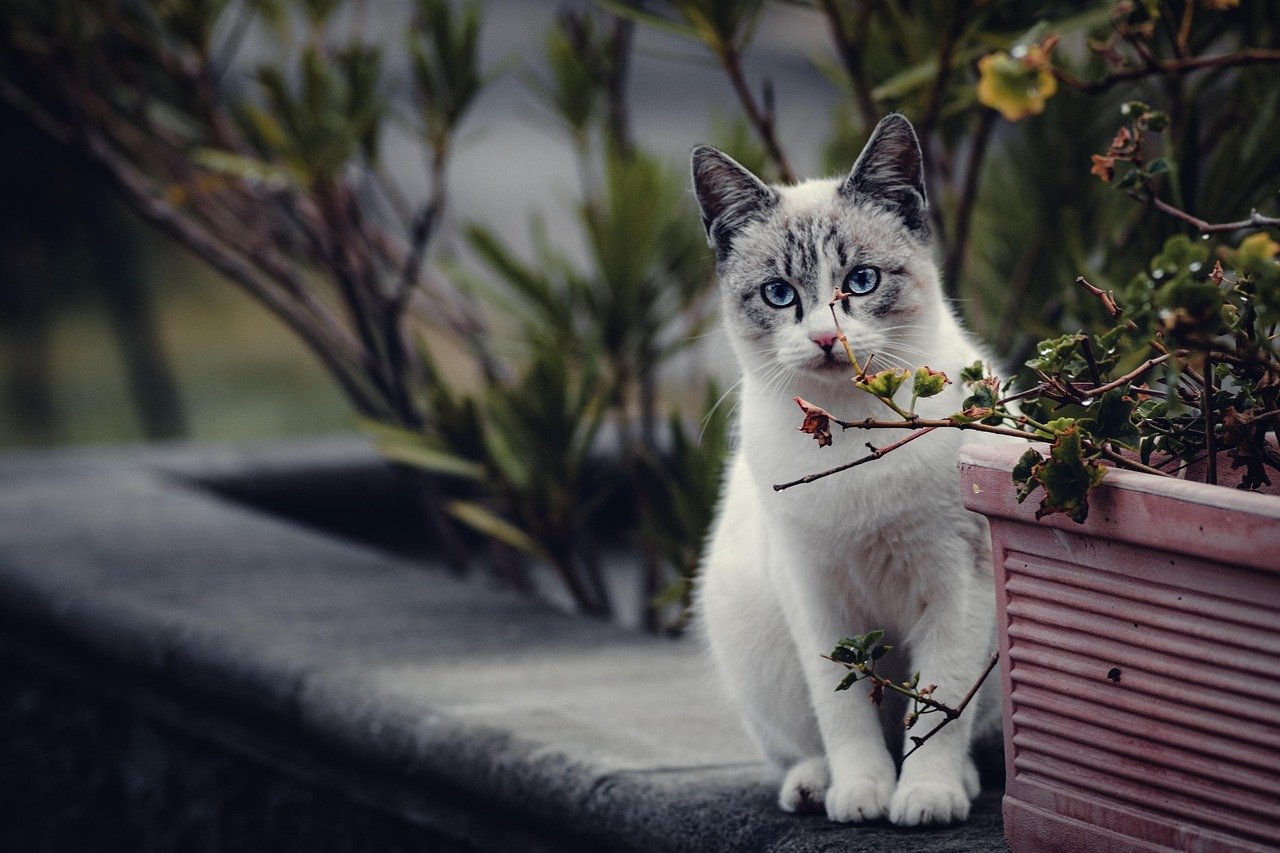
If you’re a plant enthusiast, selecting cat-resistant plants can be a game-changer. Plants like rosemary, cactus, or succulents are less appealing to cats due to their texture or scent. By choosing plants that are naturally unappealing, you reduce the temptation for your cat to investigate. This approach is similar to choosing furniture that complements your lifestyle; it’s about making choices that work harmoniously with your household dynamics. However, always ensure that any plants you choose are non-toxic to cats, as safety should always come first.
Implement Physical Barriers
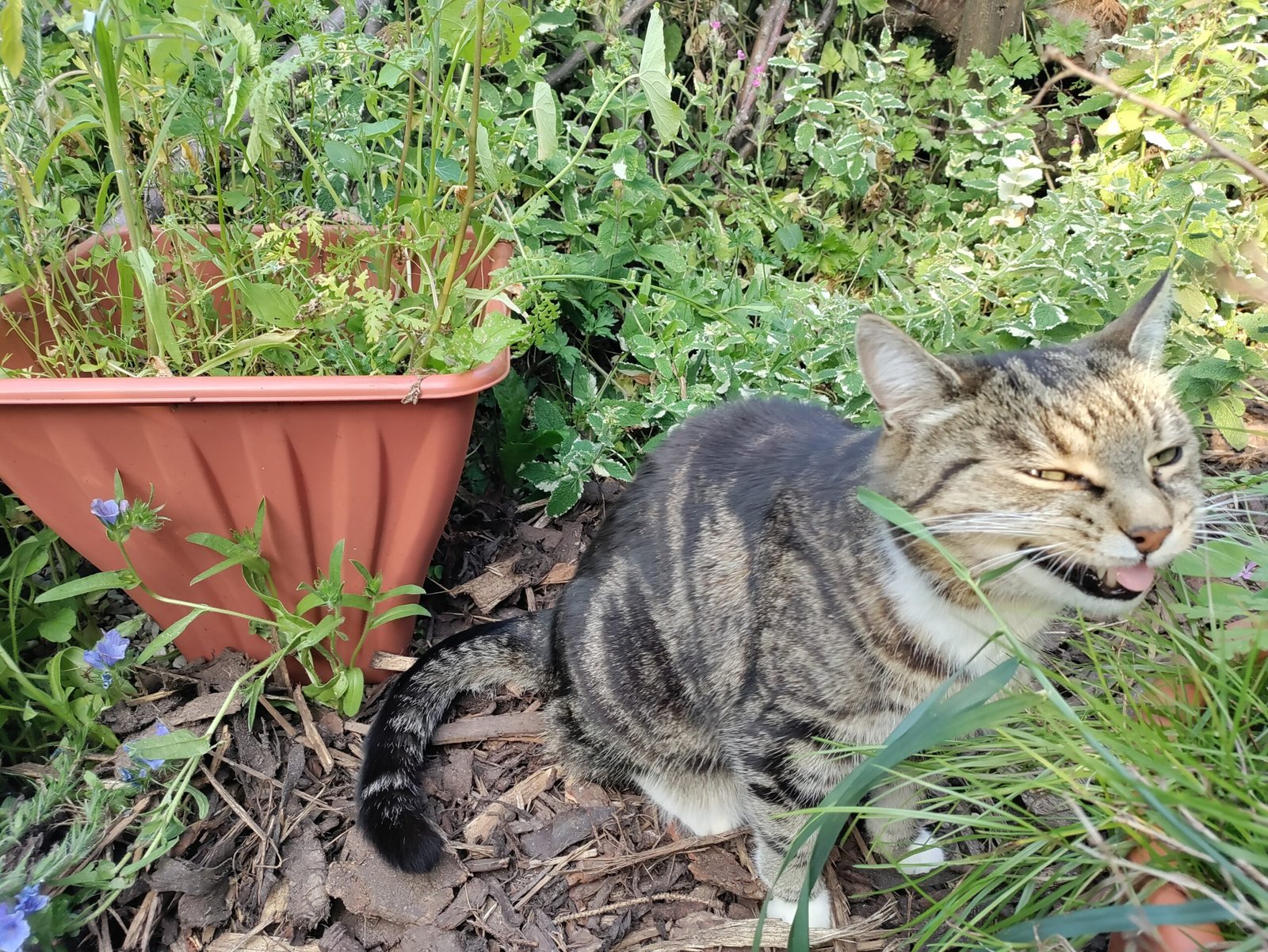
Sometimes, the most straightforward solution is a physical barrier. Placing decorative stones or chicken wire on the soil surface can prevent cats from digging or lounging in your plant pots. This method is akin to child-proofing your home; it’s about creating a safe environment that limits access to potentially harmful areas. While it may not be the most aesthetically pleasing solution, it can be highly effective in keeping your plants safe. Over time, as your cat learns to avoid the plants, you might find that these barriers become less necessary.
Positive Reinforcement Techniques
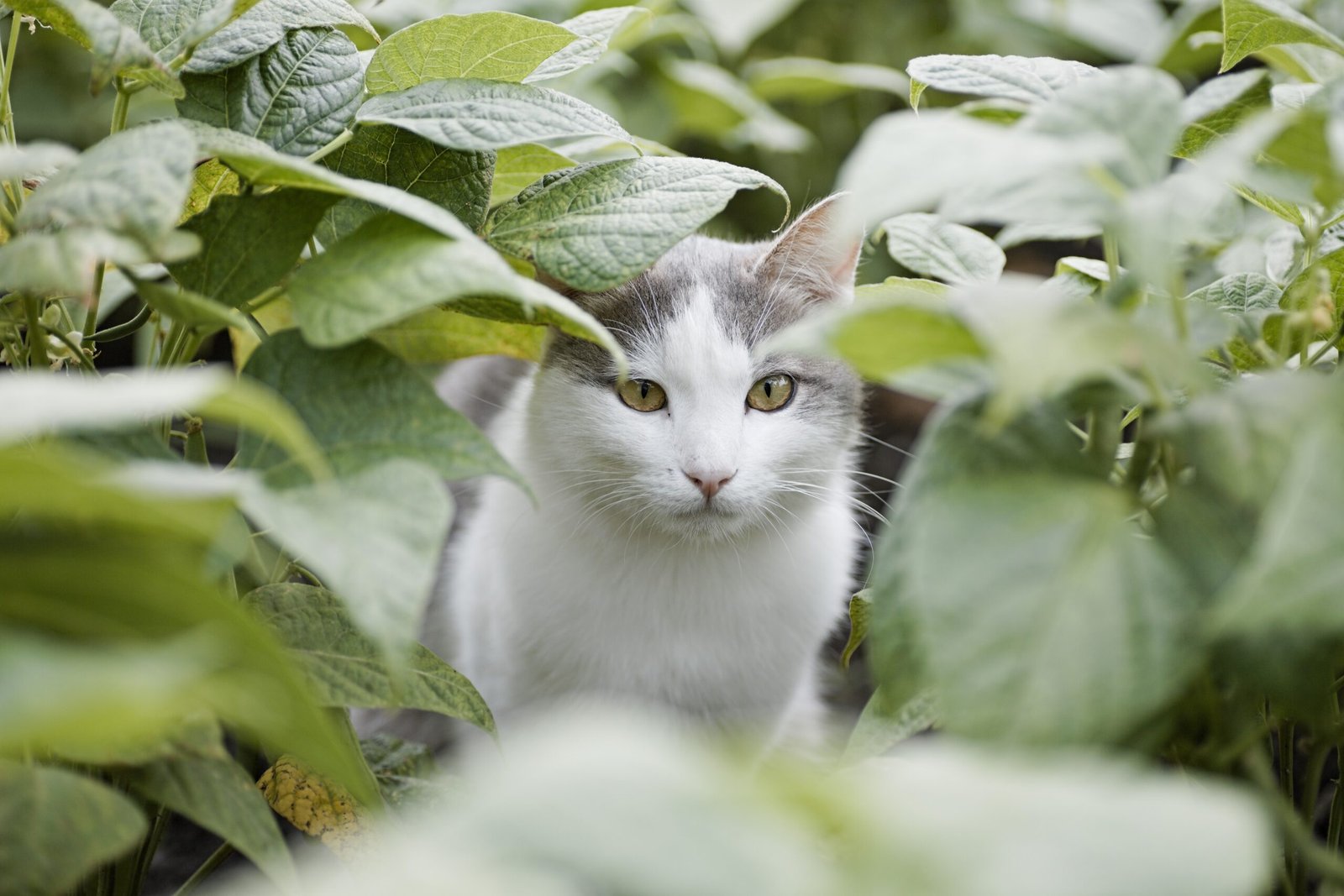
Using positive reinforcement can change your cat’s behavior over time. Reward your cat with treats or affection when they choose to play with their toys instead of your plants. This method is similar to training a dog; it’s about reinforcing good behavior with positive outcomes. Over time, your cat will associate staying away from the plants with a pleasant experience. Patience is key here, as behavior modification can take time. Consistency and encouragement will guide your cat towards making better choices.
Utilize Motion-Activated Sprays
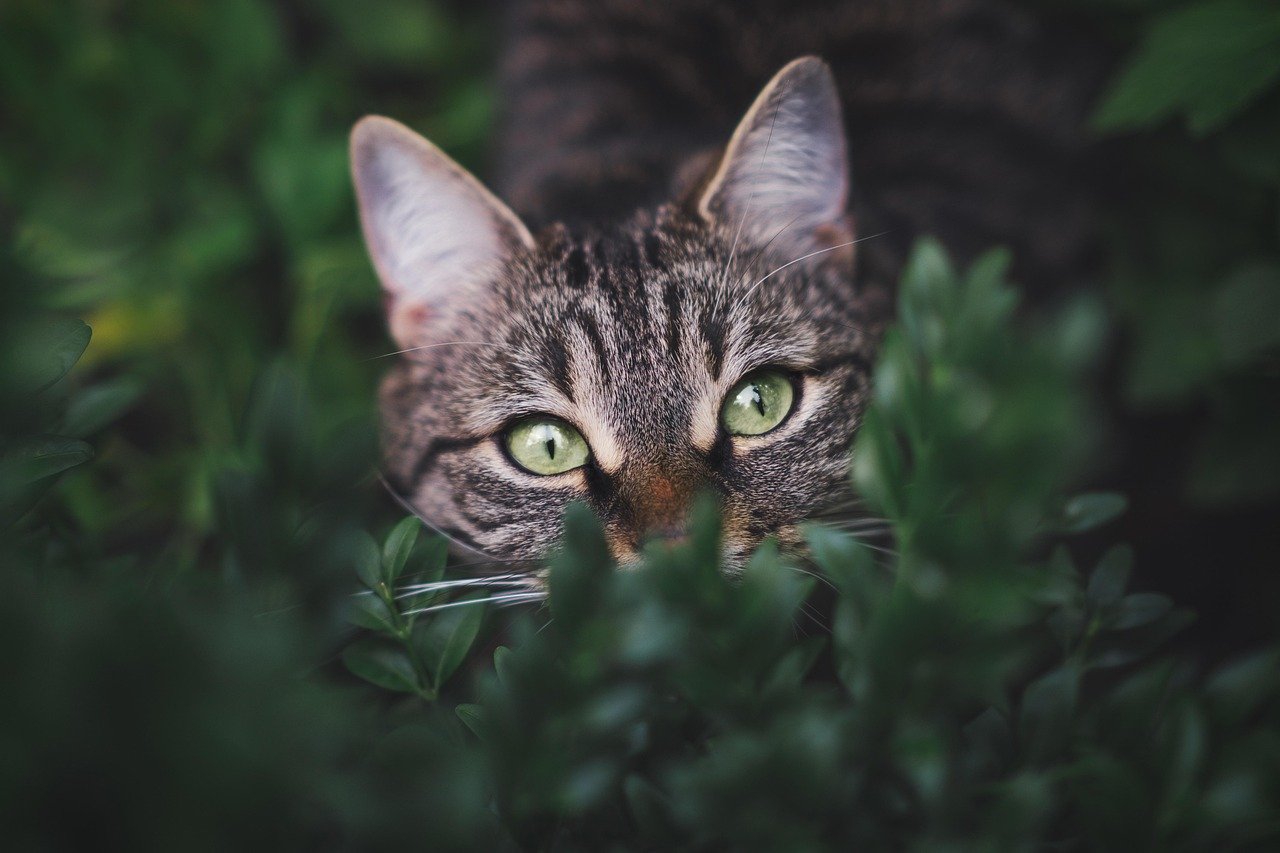
For those seeking a more high-tech solution, motion-activated sprays can be a valuable tool. These devices release a harmless burst of air when they detect movement, startling the cat without causing harm. Think of it as a gentle reminder that certain areas are off-limits. It’s important to note that these sprays should be used sparingly and in conjunction with other methods, as they work best as a part of a holistic approach. This method can be particularly effective for persistent cats who need a little extra deterrent.
Keep Plants in Inaccessible Areas
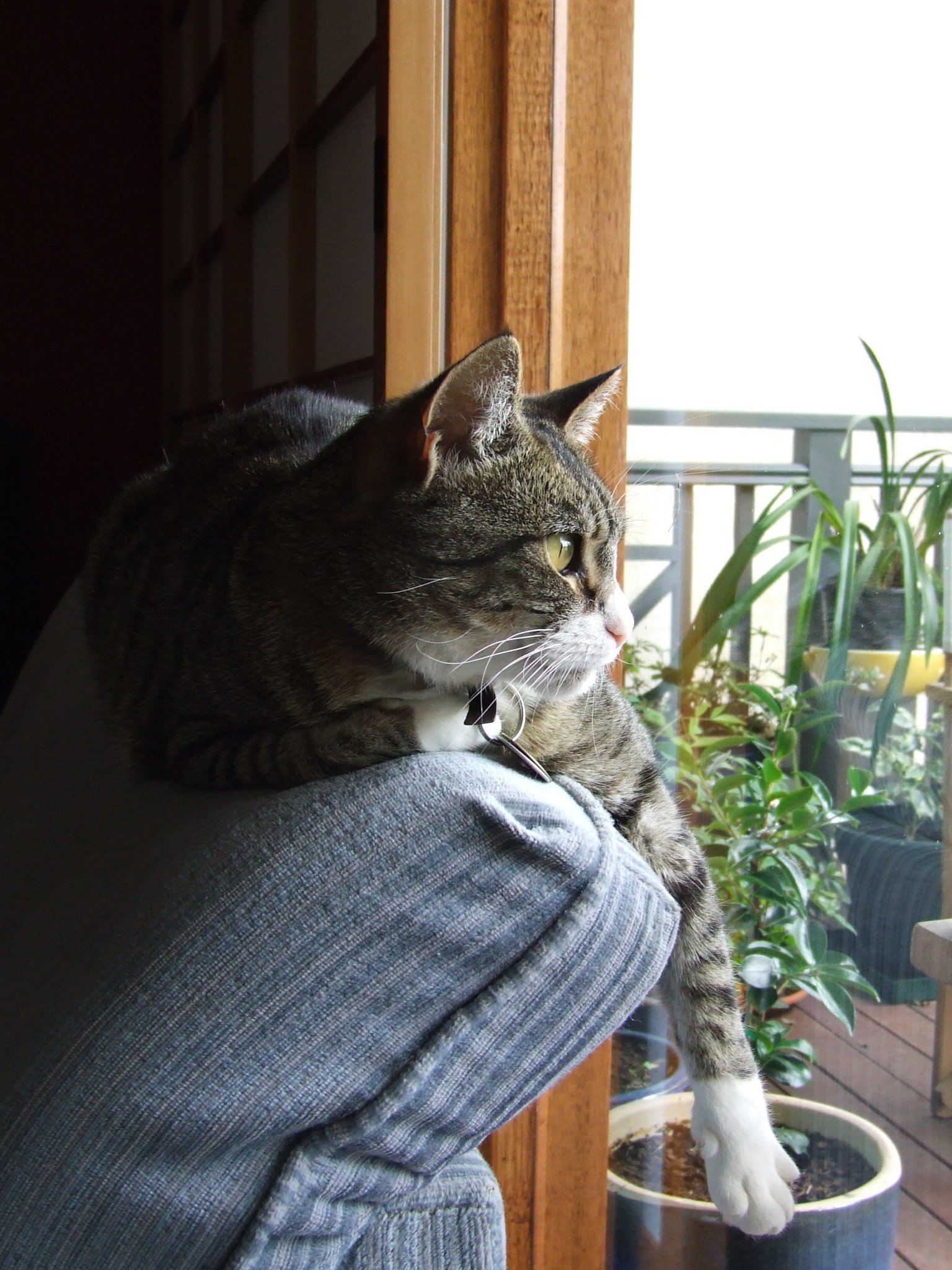
If all else fails, consider placing your plants in areas that are simply out of reach for your cat. Hanging planters or shelves can elevate your greenery, keeping them safe from curious paws. This approach is similar to placing fragile items on higher shelves when toddlers are around. While it may require some creativity in terms of home decor, it ensures that your plants remain untouched. Over time, your cat will learn which areas are off-limits and focus their attention elsewhere.
By implementing these strategies, you can enjoy a harmonious home where both your plants and your feline friends thrive. Each method requires a bit of trial and error, but with persistence and patience, you can create an environment that satisfies your cat’s curiosity while preserving your leafy companions.

Andrew Alpin from India is the Brand Manager of Doggo digest. Andrew is an experienced content specialist and social media manager with a passion for writing. His forte includes health and wellness, Travel, Animals, and Nature. A nature nomad, Andrew is obsessed with mountains and loves high-altitude trekking. He has been on several Himalayan treks in India including the Everest Base Camp in Nepal.






